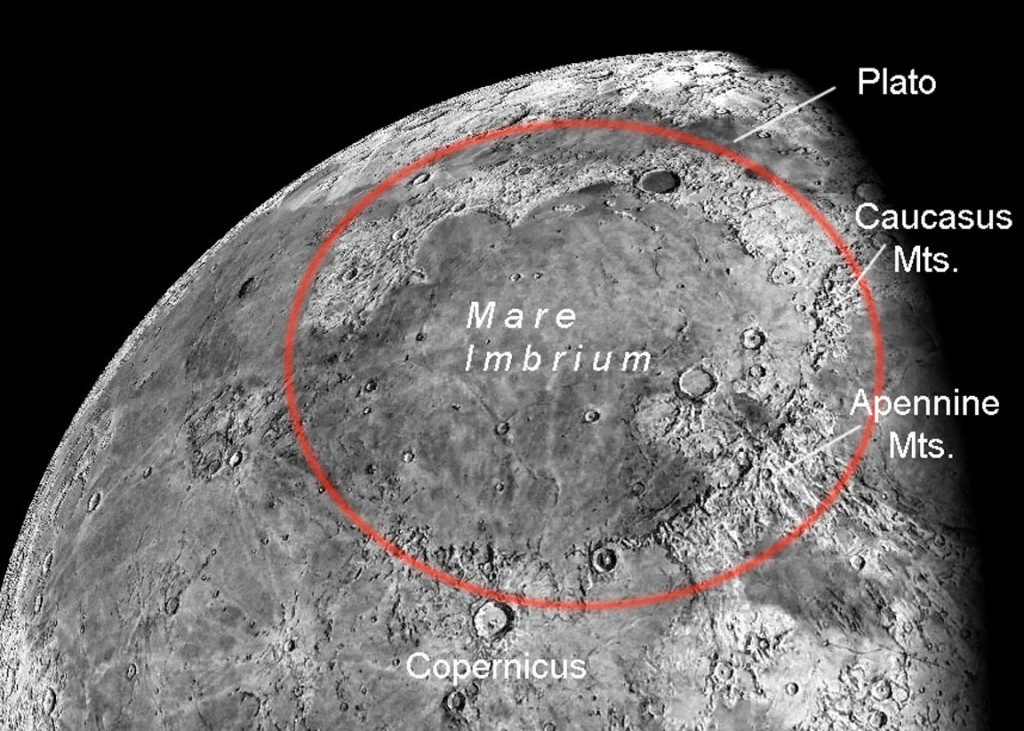
Faster forms of spacecraft propulsion have been a dream for decades, but now one researcher thinks he has a solid idea. Known as directed energy propulsion, it would involve firing a laser at a tiny spacecraft to speed it up to a significant fraction of the speed of light, potentially allowing for missions to Mars in less than an hour, rather than the months it takes at the moment.
Yes, you read that right. As quick as 30 minutes, by one estimate. The idea was explored by a scientist working on NASA’s Innovative Advanced Concepts (NIAC) program. Philip Lubin, from the University of California at Santa Barbara’s Experimental Cosmology Group, explained the idea last year. It was picked up again for a video on the NASA 360 channel, titled Going Interstellar.
“We could propel a 100-kilogram (220-pound) robotic craft to Mars in a few days,” Lubin said in the video, before going on to suggest other destinations we could visit. “Within about 25 light-years of the Earth there’s actually quite a few potential exoplanets and habitable things to visit – that may be habitable, we don’t know of course. So there are many targets to choose from. The closest is Alpha Centauri, which is about four light-years away.”






